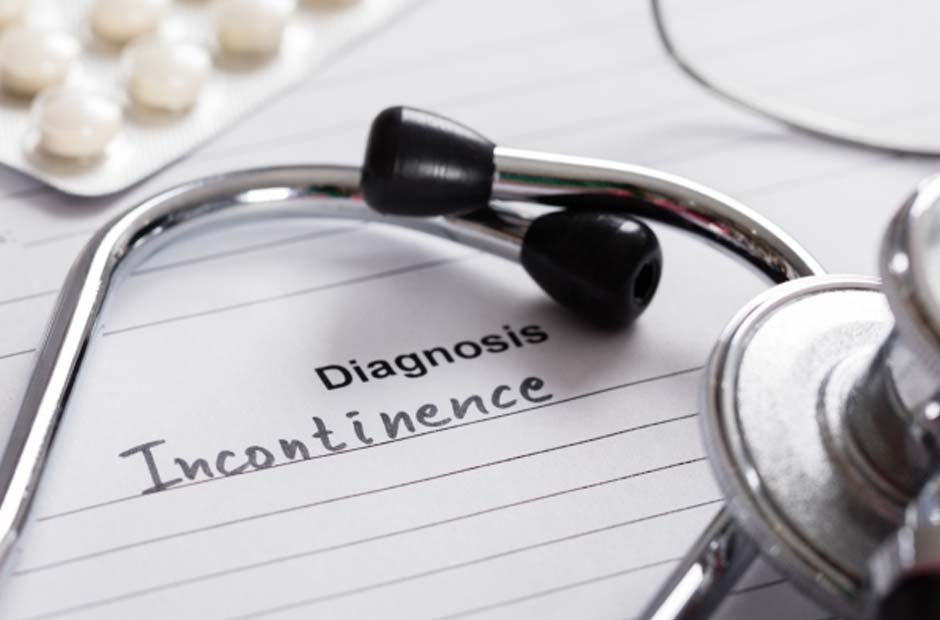Incontinence, or the inability to control bladder or bowel movements, is a common condition that affects millions of people worldwide. It can significantly impact quality of life, leading to discomfort, embarrassment, and social isolation. However, with the right strategies and support, managing incontinence effectively is entirely possible. This guide aims to provide a comprehensive and friendly overview of the various strategies for incontinence management, helping you to live a life uninterrupted.
Understanding Incontinence
Incontinence can result from a variety of causes, including age, medical conditions, medications, and lifestyle factors. It’s essential to understand the type and cause of incontinence you’re experiencing to implement the most effective management strategies.
Types of Incontinence
- Stress Incontinence: Occurs when physical activity or exertion, such as coughing, sneezing, or lifting heavy objects, puts pressure on the bladder, causing leakage.
- Urge Incontinence: Characterized by a sudden, intense urge to urinate followed by involuntary bladder contraction, leading to leakage.
- Overflow Incontinence: Happens when the bladder cannot empty completely, causing frequent dribbling of urine.
- Functional Incontinence: Occurs when physical or cognitive impairments prevent someone from reaching the toilet in time.
- Mixed Incontinence: A combination of two or more types of incontinence.
The Role of Continence Aids
One of the most effective strategies for managing incontinence is the use of continence aids. These aids include products such as absorbent pads, adult diapers, incontinence underwear, and bed protectors. They provide a practical solution to manage leakage, protect clothing and bedding, and maintain hygiene and comfort.
Strategies for Effective Incontinence Management
Managing incontinence effectively involves a combination of lifestyle changes, medical treatments, and supportive products. Here are some key strategies to help you manage incontinence and improve your quality of life.
1. Lifestyle Modifications
Certain lifestyle changes can significantly reduce the frequency and severity of incontinence episodes.
Dietary Adjustments
- Hydration: While it might seem counterintuitive, staying well-hydrated is crucial. Dehydration can irritate the bladder and worsen incontinence.
- Avoid Irritants: Reduce or eliminate consumption of bladder irritants such as caffeine, alcohol, spicy foods, and acidic fruits.
- Fiber Intake: Increase dietary fiber to prevent constipation, which can exacerbate incontinence by putting pressure on the bladder.
Healthy Habits
- Maintain a Healthy Weight: Excess weight can put additional pressure on the bladder. Maintaining a healthy weight through diet and exercise can help alleviate symptoms.
- Quit Smoking: Smoking can irritate the bladder and increase the risk of developing incontinence.
2. Bladder Training
Bladder training involves techniques to increase the interval between voiding and improve bladder control.
Timed Voiding
- Establish a regular schedule for urination, gradually increasing the time between bathroom visits. This can help train the bladder to hold urine longer and reduce urgency.
Double Voiding
- After urinating, wait a few moments and try to urinate again. This helps ensure the bladder is fully emptied and can reduce the risk of overflow incontinence.
3. Pelvic Floor Exercises
Strengthening the pelvic floor muscles can significantly improve bladder control and reduce incontinence. Pelvic floor exercises, also known as Kegel exercises, involve tightening and relaxing the muscles used to stop urination.
How to Perform Kegel Exercises
- Identify the right muscles by stopping urination midstream. These are your pelvic floor muscles.
- Tighten these muscles and hold for five seconds, then relax for five seconds.
- Gradually increase the hold time to 10 seconds.
- Aim to perform three sets of 10 repetitions daily.
4. Medical Treatments
If lifestyle changes and exercises are not enough, several medical treatments can help manage incontinence.
Medications
- Anticholinergics: These medications help calm an overactive bladder.
- Mirabegron (Myrbetriq): Helps relax the bladder muscle and increase the amount of urine the bladder can hold.
- Topical Estrogen: Applied to the vaginal area to help strengthen the muscles and tissues involved in urination.
Medical Devices
- Urethral Inserts: Small, disposable devices inserted into the urethra before engaging in activities that might cause leakage, then removed afterwards.
- Pessaries: Devices inserted into the vagina to help support the bladder and reduce stress incontinence.
Surgery
In severe cases, surgical interventions might be necessary. These can include procedures to support the bladder neck or urethra, such as sling procedures, bladder neck suspension, or the implantation of an artificial urinary sphincter.
5. Behavioral Therapies
Behavioral therapies can be very effective in managing incontinence and often involve working with a specialist.
Biofeedback
- Biofeedback involves using sensors and a computer display to receive information about muscle activity. This feedback can help you learn how to strengthen and control your pelvic floor muscles more effectively.
Cognitive Behavioral Therapy (CBT)
- CBT can help address the emotional and psychological aspects of incontinence. Managing stress, anxiety, and depression can reduce the severity of incontinence symptoms.
6. Use of Continence Aids
Continence aids provide a practical solution for managing incontinence daily. The right products can offer comfort, discretion, and peace of mind.
Choosing the Right Products
- Absorbency: Select products with the appropriate absorbency level for your needs.
- Fit and Comfort: Ensure the products fit well and are comfortable to wear for extended periods.
- Discreetness: Look for products designed to be discreet under clothing.
Maintenance and Hygiene
- Regularly change continence aids to maintain hygiene and prevent skin irritation.
- Use skin protectants or barrier creams to protect the skin from moisture and irritation.
Final Thoughts
Living with incontinence can be challenging, but with the right strategies and support, it is possible to manage the condition effectively and lead a fulfilling life. Understanding the types of incontinence, implementing lifestyle changes, practicing pelvic floor exercises, exploring medical treatments, and using continence aids are all vital components of a comprehensive management plan.
Remember, you are not alone, and seeking help from healthcare professionals can provide you with additional resources and support. By taking proactive steps and utilizing the available tools, you can minimize the impact of incontinence on your daily life and enjoy life uninterrupted.







